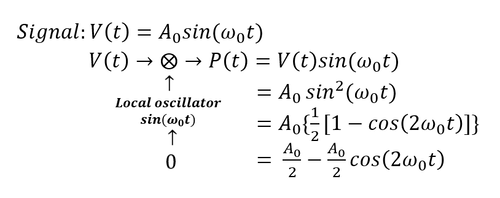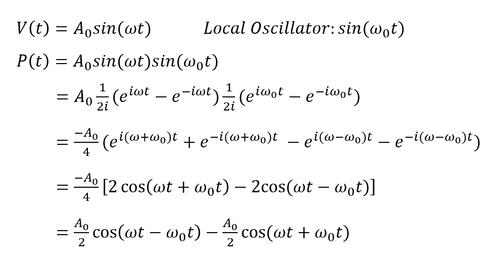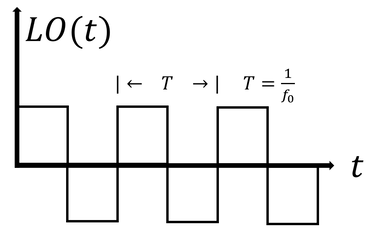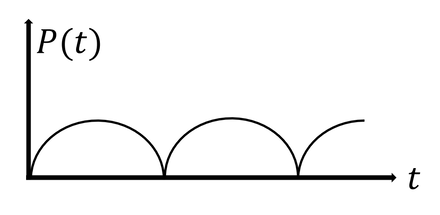Smoke detection in air: Difference between revisions
Huanghaitao (talk | contribs) No edit summary |
Huanghaitao (talk | contribs) No edit summary |
||
| Line 53: | Line 53: | ||
=== Video === | === Video === | ||
In this video, we have recorded the voltage change in the lock-in amplifier under the situation when the smoke (vaporised tin) gradually drifts in, maintains and finally disappears. | In this video [[Media:SMOKE_VIDEO.mp4]], we have recorded the voltage change in the lock-in amplifier under the situation when the smoke (vaporised tin) gradually drifts in, maintains and finally disappears. | ||
Revision as of 15:32, 28 April 2022
Introduction
Smoke detector is a device that senses smoke, typically as an indicator of fire. Commercial smoke detectors issue a signal to a fire alarm control panel as part of a fire alarm system. Household smoke detectors, also known as smoke alarms, generally issue an audible or visual alarm from the detector itself or several detectors if there are multiple devices interlinked [1].
Lock-In Amplifier
Measure small signals in a large background (huge noise).
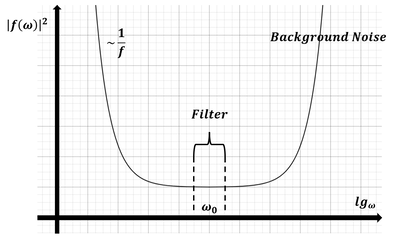
Mathematical Description
Signal Process
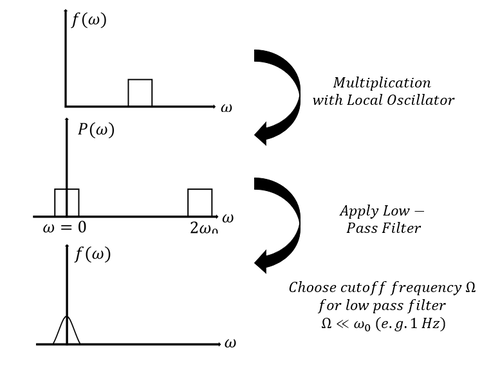
Logic Flow
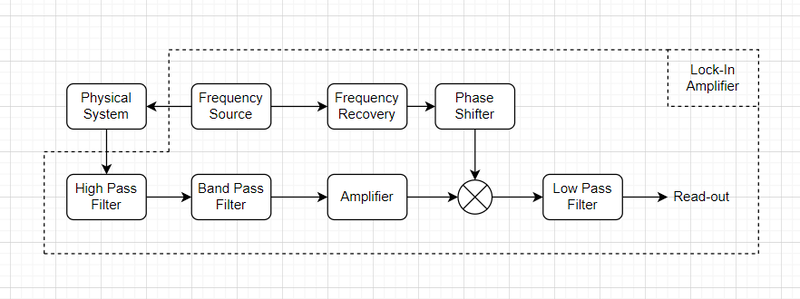
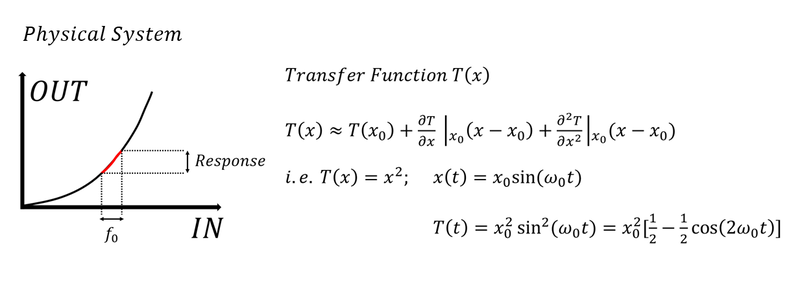
Experiment
We can divide this experimental setup into two parts: the first part will detect the scattering light in the air, and the second part will amplify such signal.
Component List
- 1) DC Voltage source (MATRIX MODEL: MPS-3005L-3)
- 2) MODEL SR830 DSP Lock-In Amplifier
- 3) BWP34 Silicon PIN Photodiode
- 4) WAVESURFER 104MXS Oscillator
- 5) Capacitor (50V 22uF)
- 6) Resistor (1.2K)
- 7) LED (Green)
Schematics
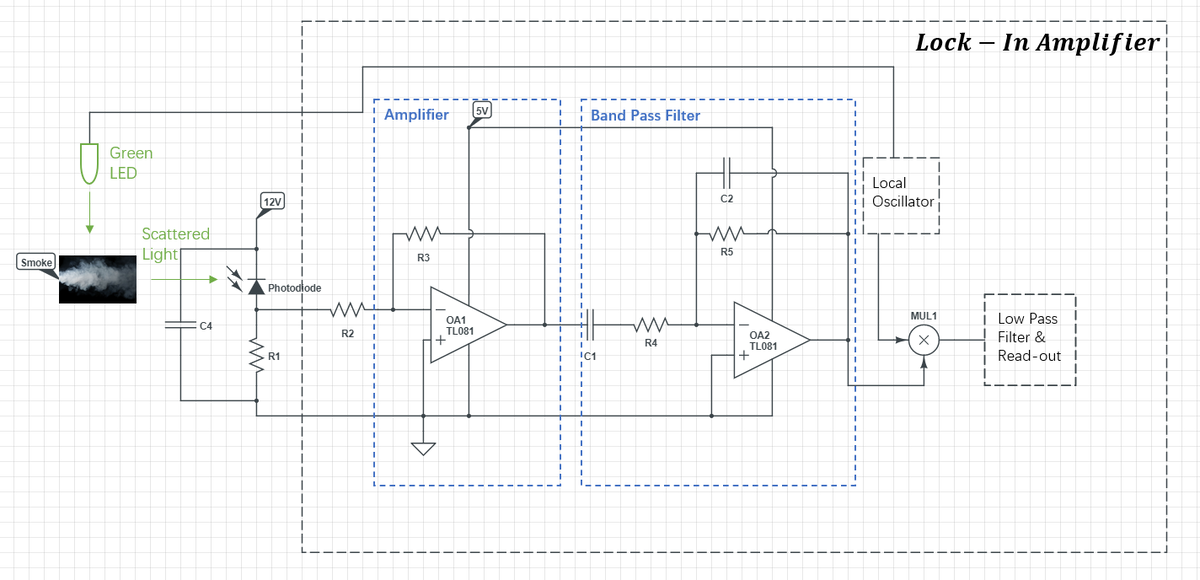
Detection Setup
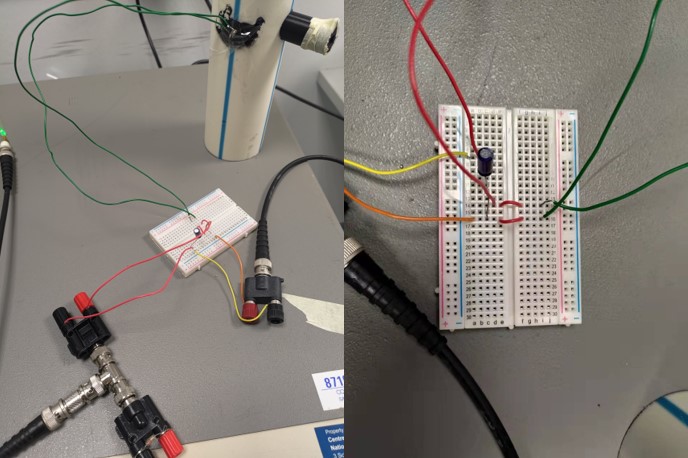
In this part, we use BWP34 Silicon PIN Photodiode as the detector. Here the capacitor and resistor are used to protect the photodiode.
Lock-In Amplifier Setup
A lock-in amplifier is a type of amplifier that can extract a signal with a known carrier wave from an extremely noisy environment.
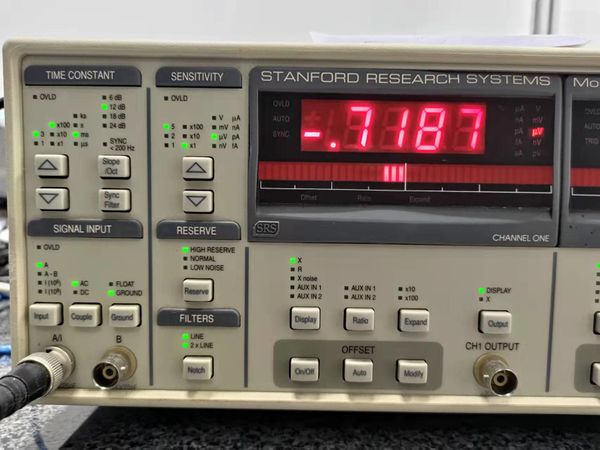
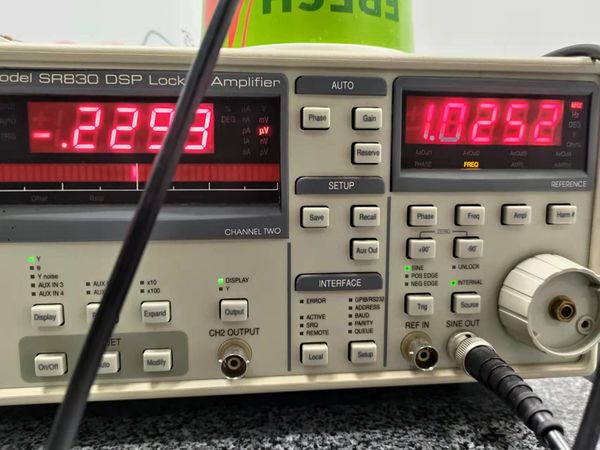
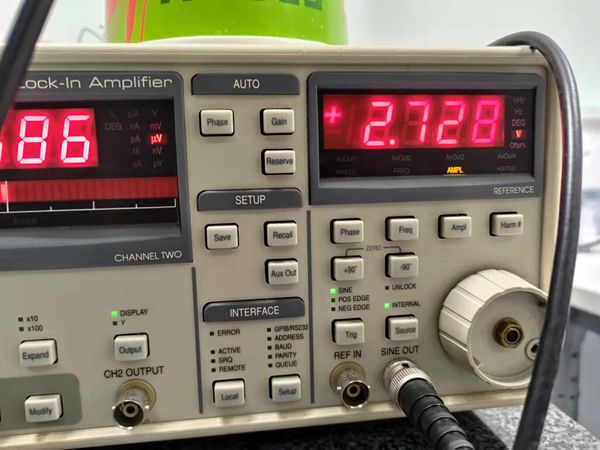
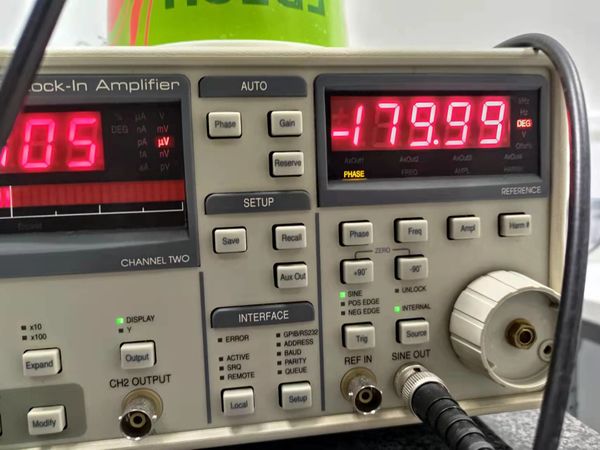
Video
In this video Media:SMOKE_VIDEO.mp4, we have recorded the voltage change in the lock-in amplifier under the situation when the smoke (vaporised tin) gradually drifts in, maintains and finally disappears.
Data Plot

Error Analysis
Conclusion
Conclusion on Result
From the data we can conclude that the smoke detector works since we can clearly distinguish the presence (low voltage) or absence (0 volt) of smoke.
Further Discussion
Due to lack of measurement means and smoke with wide range of particle sizes, our group could not quantify the smoke and calculate the accuracy of the smoke detector. However, we have a rough idea:
Reference
Error Analysis in Experimental Physical Science: https://faraday.physics.utoronto.ca/PVB/Harrison/ErrorAnalysis/ErrorInMean.html
